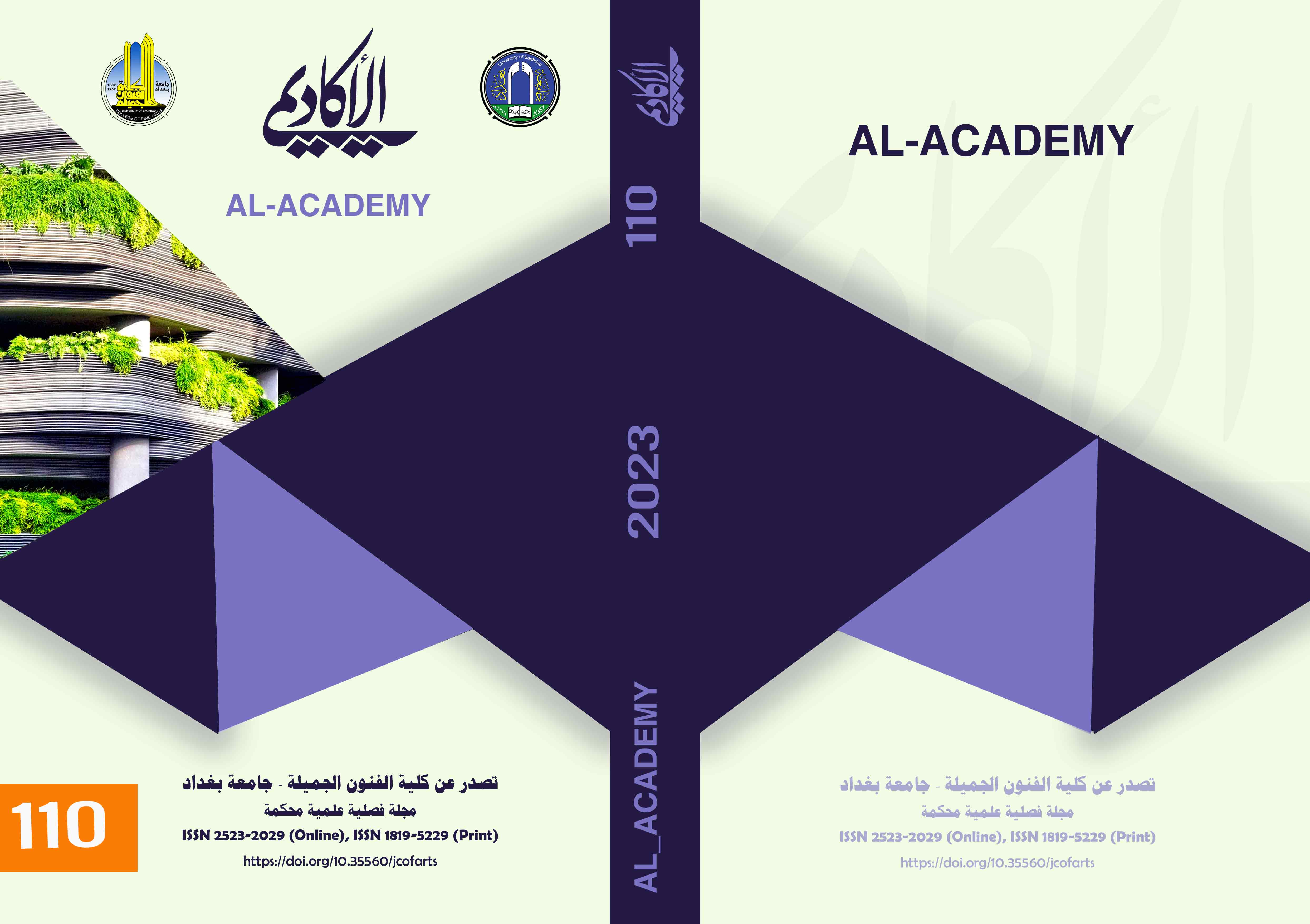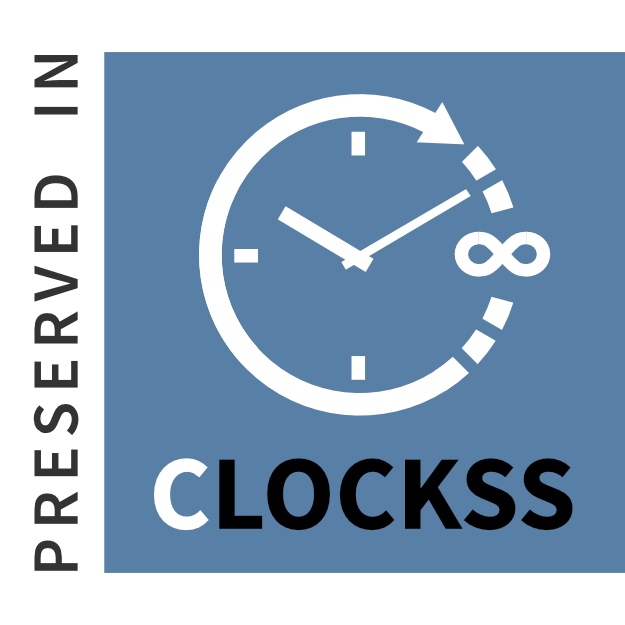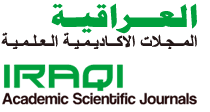Utilising modelling software to convert functional utensils into ceramic art.
DOI:
https://doi.org/10.35560/jcofarts1186Keywords:
Modellingsoftware, Ceramics, Dallah, Deconstruction, Traditional utensils, PostmodernismAbstract
Contemporary art has been widely affected by technology, and ceramics production is no exception. As an ancient art that originates from clay and other humble materials found in the ground, ceramics is considered one of the most adaptable art forms. Once it is realised how flexible ceramics as a material is, it can be easily altered into endless forms and shapes. Therefore, it is vital for ceramics practitioners to find a relationship between this wonderful material and the media of contemporary art, culture and modelling software or technology in general so that they can take their deformable art pieces to a whole new level. Such a relationship is worth investigating. Thus, for the purposes of this research, several ceramic pieces were identified using AutoCAD software to design authentic artworks with a contemporary look and feel. Throughout the research, these artworks will be examined from different perspectives. This will show in detail how art became not only a technical form or design but also a representation of expressive values stemming from diversity and unity. In this paper, the possibility will be discussed of experimenting with modelling software to develop traditional utensils into contemporary ceramic art by applying an advanced method of deconstruction. In addition, this paper will explain how technology is used to improve the quality of clay utilised in the production of art, producing a composite suitable to be formed, modelled, and dismantled in and through modelling software.
References
AC Fab Lab. Comparative methodologies for 3D printing in clay. Available here: [23:47/54:32].
Al-Mawka, H.G.S. (2019) Artistic features in the works of contemporary potters in the Kingdom of Saudi Arabia and their use in creating contemporary pottery. PhD Thesis, University of Hail.
Al-Thunayan, M. (2019) ‘Types of Islamic pottery discovered in the Kingdom of Saudi Arabia’, Journal of Architecture, Arts and Human Sciences, 4(18), pp. 392-356.
Araujo, G. (2010) ‘Dallah, Gahwa and the senses: “Know that access to that by which our soul becomes knowing begins by way of the senses”’. Seminar.
Avicenna. (Erzen 71) Virginia Commonwealth University Qatar – MFA in Design Studies DESI 602.
Bloomfield, L. (2013) Contemporary tableware. UK: Bloomsbury.
Bushbandar. (1992) ‘Deconstruction and reading poetry’, 11.
Hammer, F. and Hammer, J. (2004) Pottery dictionary of materials and techniques. 5th Ed. London: A&C Black.
Houben, H. and Glade, H. (2017) Building with mud, the comprehensive guide. Translated by Mansour Abdel Aziz Al Jadeed House and Muhammad Kasir Abdel Aziz. Riyadh: King Saud University Publishing House, 2017.
https://www.luxresearchinc.com/materials-and-chemicals-innovations.com
Khalil, A.R. Introduction. Abdul Raouf Khalil Museum.
Laurent, D. Atlas of industrial minerals in the kingdom of Saudi Arabia. Translated by Saber Hussain Muhammad. 1419 AH.
Mohamed, R. (2012) Development and production in local industries. School of Environmental Art Design.
Mohsen, B.W. (2011) The cultural heritage and its impact on contemporary Iraqi plastic art. Syria, Damascus: Tamouzah Publishing.
Muhammad Zaid Al-Issa, A. (2004) Dictionary of folklore in the Kingdom of Saudi Arabia. Second ed. Saudi Arabia: Ministry of Education, Agency for Antiquities.
Myers, B. (2004) Plastic arts and how we appreciate them. Al-Nahda Bookshop.
Saad, A. and Sobhi Gomaa, T. (2015) Qualitative studies and the requirements of society and the labor market. 3D printing and its potential in ceramic formation: the second scientific conference. Ain Shams University.
White, H. (2017) The content of the form, narrative discourse and historical representation. Translated by Danayef Al-Yassin. Bahrain Authority for Culture and Antiquities.
www.globalfootprints.org. (2018) What is sustainability? [Online]. (Accessed: 2 May 2018).
Downloads
Published
Issue
Section
License
Copyright (c) 2023 Alaa Abdullah, Manal ALsaleh

This work is licensed under a Creative Commons Attribution 4.0 International License.













